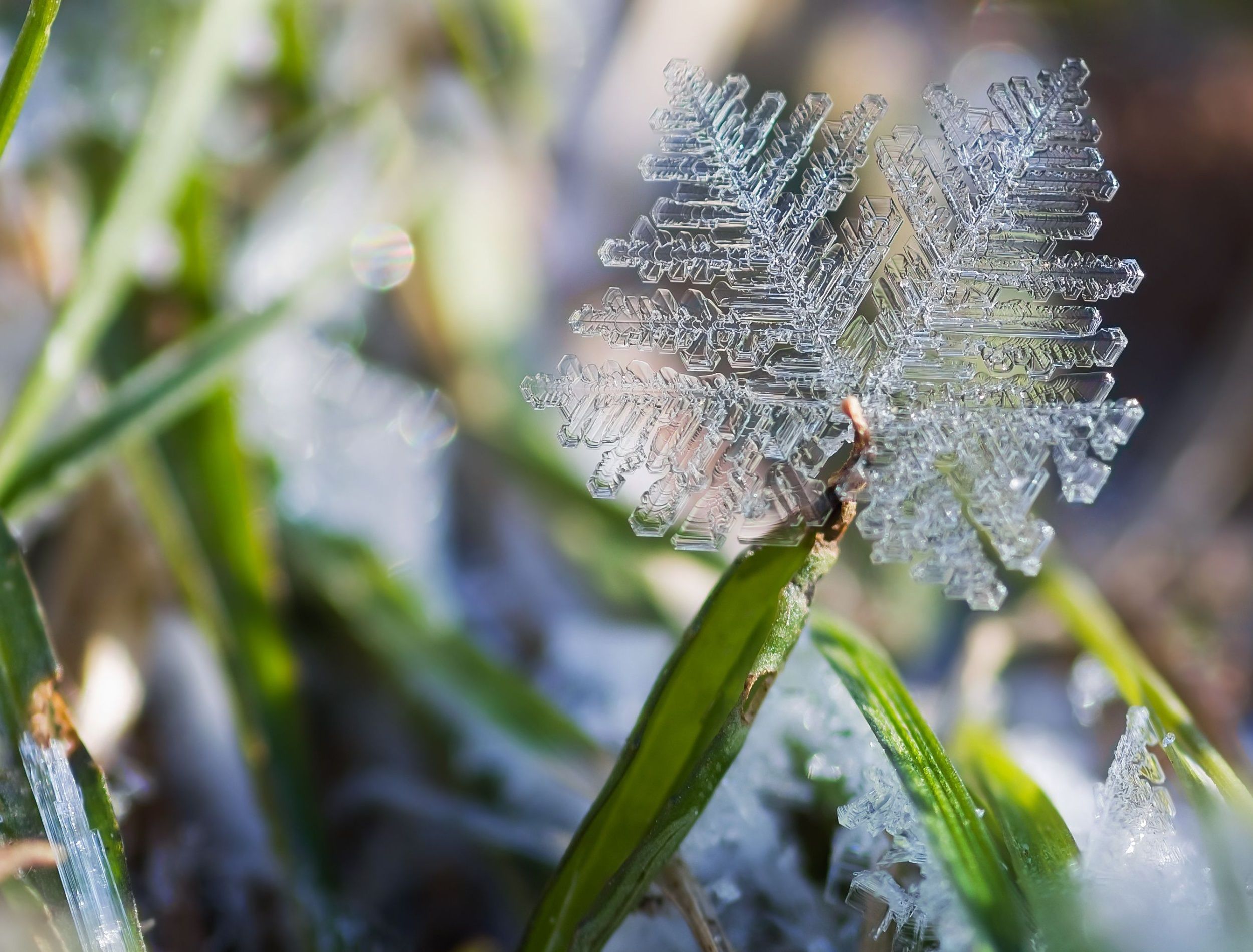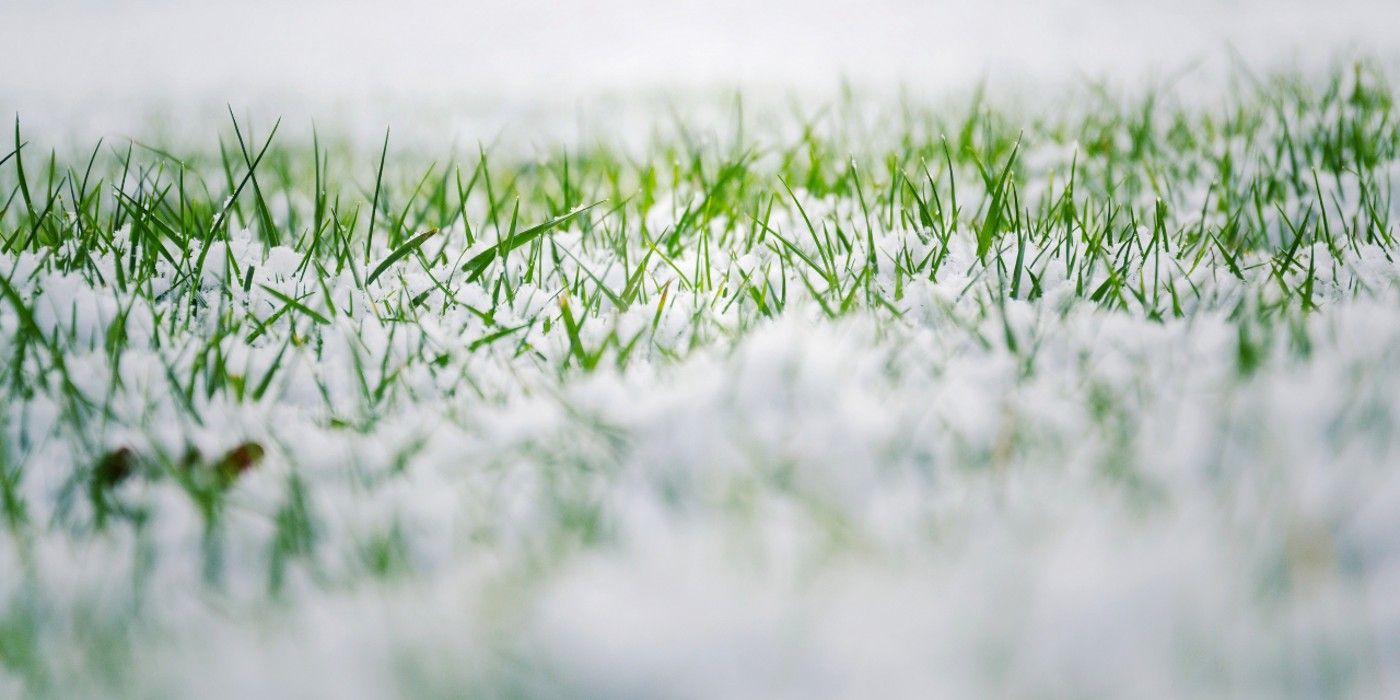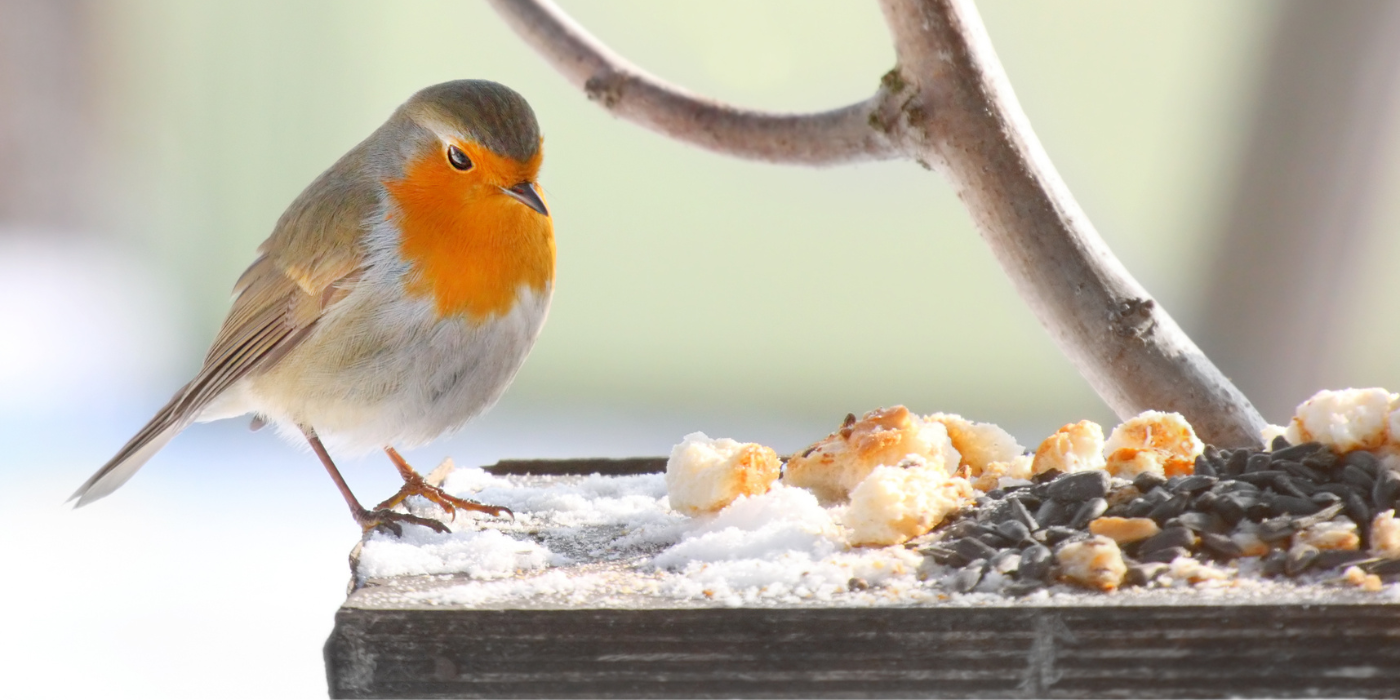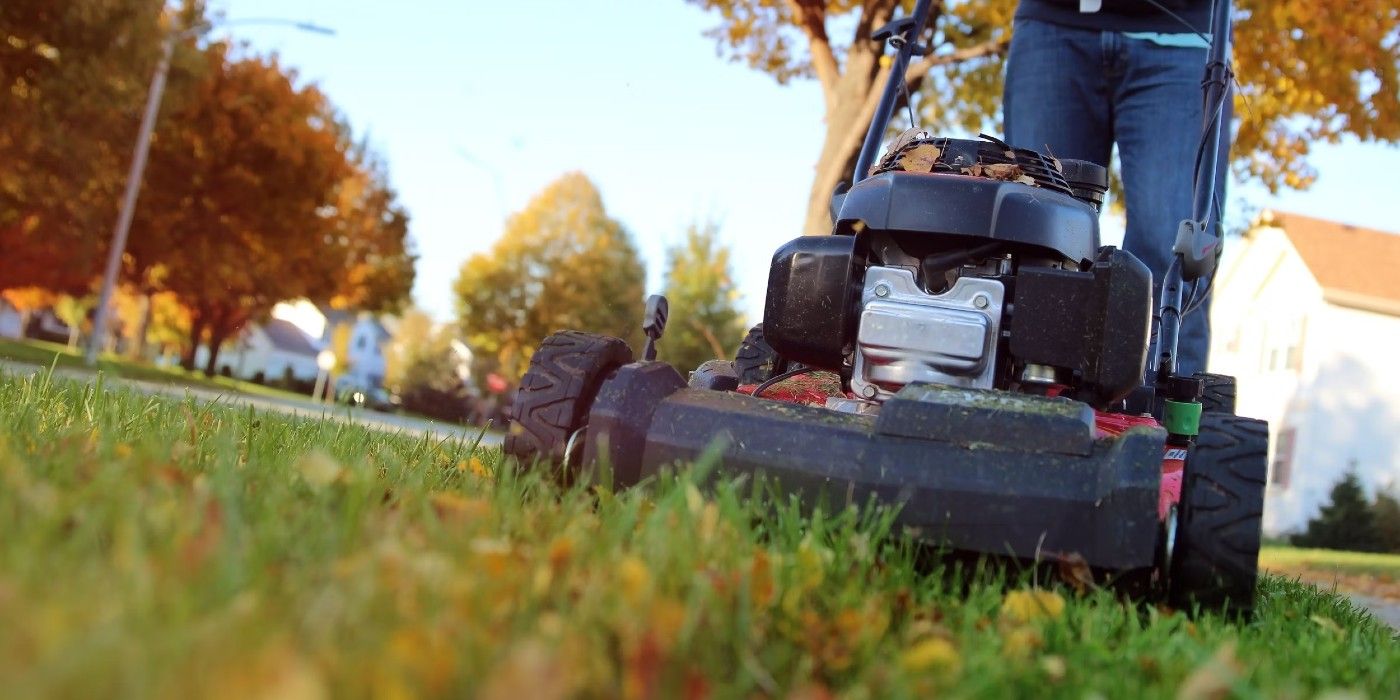Key Takeaways
- Dormant seeding in the winter takes advantage of snow's benefits for a thriving lawn: it shields seeds from extreme cold, provides consistent moisture, prevents seed displacement, and protects from birds.
- Best practices for successful dormant seeding include picking the right grass seed, preparing the soil effectively, evenly applying the seeds, and letting nature do its work with minimal watering.
- Address potential challenges in dormant seeding by timing the seeding before a light snowfall to reduce bird exposure and erosion, choosing hardy seed varieties and monitoring weather, avoiding premature germination, managing weeds, and establishing a regular watering schedule for new seedlings.
Planting grass seeds in the snow can sound like a bit of a gardening fairytale, but it's actually a smart move. This method, known as dormant seeding, takes advantage of winter's unique benefits for a lush lawn come spring. By understanding and leveraging these environmental dynamics, gardeners can set the stage for a thriving lawn.
Delve into the science behind this method, discover practical tips, and navigate the timing and challenges, to understand why sowing grass seeds in snow is more than just a whimsical gardening trick.
The Science Behind Dormant Seeding
Understanding the process and benefits of seeding during winter
- Snow shields seeds from extreme cold and stabilizes soil temperature.
- Melting snow provides consistent moisture for optimal seed germination.
- Snow cover also prevents seed displacement and protects from birds, aiding in uniform lawn growth.
Dormant seeding harnesses the natural rhythms of the cold season to enhance lawn quality. This method is beneficial as the snow provides a protective blanket over the seeds, offering multiple advantages.
Firstly, think of snow like a protective layer. It shields the seeds from the cold and keeps the soil temperature from fluctuating too much. This protection is key because seeds are sensitive to harsh winter conditions. Additionally, when spring rolls around and the snow starts to melt, it gives the seeds much needed moisture to start growing. This head start allows the grass to establish itself before many common weeds even begin to grow, reducing the chances of weed invasion. In addition, this slow drip of water from the melting snow keeps the seeds from drying out.
Moreover, snow helps keep the seeds in place. Without it, winter winds or heavy rains could easily wash or blow the seeds away. And with the ground freezing and thawing beneath the snow, it creates tiny openings in the soil. Your seeds find their way into these little nooks, making for excellent soil contact.
Finally, a snow cover deters birds and other wildlife from feeding on the seeds, further increasing the likelihood of a dense and even germination in spring. This process results in a uniformly green and lush lawn, as the seeds are already in place and ready to grow with the first signs of warm weather.
Be cautious with the timing of dormant seeding. Planting seeds too early may lead to premature germination. These early seedlings often struggle to survive the winter, lacking the maturity to withstand freezing temperatures.
Best Practices For Successful Dormant Seeding
Tips and techniques for optimal grass seed sowing in winter
- Pick cool season grass seed, like fescue, to suit your climate and soil.
- Clear debris, loosen topsoil, and use a spreader to evenly apply seeds, avoiding overcrowding for healthier growth.
- Water lightly if dry, but generally let nature do its work.
Dormant seeding requires careful planning and execution for best results. First, start by selecting the right type of grass seed suitable for your climate and soil conditions. For dormant seeding, fescue is a popular choice for many.
Before seeding, prepare the soil effectively. Clear the area of debris and loosen the topsoil. You can do this by raking or using a verticutter to remove thatch on larger lawns.
Apply the seeds evenly across the lawn. Use a spreader for uniform distribution.
Watering isn't necessary during the dormant period, but if conditions are particularly dry, light watering may be beneficial — between 0.05 and 0.10 inches of water. The key is to avoid creating muddy conditions that may displace the seeds.
Monitor the weather and aim to seed before a snowfall, which helps press the seeds into the soil and provide natural moisture.
Finally, be patient. Dormant seeding won't show immediate results, but with the arrival of warmer spring temperatures, you should see the emergence of new grass. Regular maintenance, including proper mowing and watering, is essential as the new grass establishes.
Challenges and Solutions
Addressing potential issues in dormant seeding and how to overcome them
Dormant seeding, while effective, presents unique challenges that require strategic solutions.
Challenge: Seed Exposure to Birds and Erosion
Birds and erosion may threaten the success of dormant seeding. Birds often eat exposed seeds, while water and wind can displace them.
Solution: Mulching and Timing
Timing the seeding before a light snowfall helps embed the seeds in the soil, reducing their vulnerability.
Challenge: Inconsistent Weather Conditions
Fluctuating winter temperatures and unpredictable snowfall may impact seed germination and growth.
Solution: Choose Hardy Seed Varieties and Monitor Weather
Selecting grass seed varieties that are robust and suited to your region's climate mitigates this issue. Pay close attention to weather forecasts to time your seeding appropriately, aiming for a period of stable, cold weather.
Challenge: Risk of Premature Germination
If temperatures rise unexpectedly, seeds might germinate prematurely, risking damage when the cold returns.
Solution: Optimal Timing and Observation
To avoid premature germination, choose the optimal time for seeding, typically late October, or early November, but before the ground freezes. Regularly observe the seeded area and take protective measures, like additional mulching, if early germination occurs.
Challenge: Weed Competition in Spring
As the seeds germinate in spring, they might face competition from weeds, which can hinder their growth.
Solution: Pre-emptive Weed Management
Prepare the soil in advance by removing existing weeds. In spring, be vigilant about weed control. Avoid using herbicides until the new grass has established and been mowed a few times.
Challenge: Watering and Care of New Seedlings
New grass seedlings require care to establish themselves, especially in terms of watering.
Solution: Regular Watering Schedule
Establish a consistent watering schedule once the seedlings appear. Ensure the soil stays moist but not waterlogged to encourage healthy root development.
Seasonal Adjustments and Long-Term Lawn Care
Adapting lawn care practices to ensure the health of your lawn
- In the spring and summer, mow regularly, keeping grass at 2 to 3 inches to encourage deeper roots and drought resistance. Fertilize in spring for robust seed growth.
- In the fall, aerate your lawn for better nutrient absorption and apply fall fertilizer to strengthen it against winter conditions.
- In the winter, avoid walking on frozen grass. Regularly test and adjust your soil's pH and nutrients for a healthy, resilient lawn year-round.
For a lawn that thrives year-round, understanding and implementing seasonal adjustments in care is essential, especially for lawns established through dormant seeding.
Spring and Summer Care
As your dormant seeded lawn begins to grow, adjust your lawn care to suit the warmer months. This includes regular mowing at a height appropriate for your grass type, typically between 2 to 3 inches when your lawn has grown 3 to 3 ½ inches tall. Higher mowing heights in summer helps grass develop deeper roots, enhancing drought resistance.
In addition, fertilizing in the spring (around May) encourages better seed establishment.
Fall Preparation
In fall, prepare your lawn for the upcoming cold months. This might involve aerating the soil to improve nutrient and water absorption and applying a fall fertilizer to provide the necessary nutrients for winter hardiness.
Winter Maintenance
Even in winter, your lawn needs care. Avoid walking on frozen grass to prevent damaging the grass blades.
Soil Health
Regularly test your soil to ensure it maintains the optimal pH and nutrient levels. Adjustments may be necessary over time, including lime applications to correct acidic soils or additional fertilization to address nutrient deficiencies.
Embrace the Unconventional
Sowing grass seeds during snowfall might seem counterintuitive, but it's a practice grounded in understanding the natural growth cycles and conditions favorable to grass. With proper timing, soil preparation, and aftercare, dormant seeding leads to a lush, green lawn by spring. As gardeners and homeowners, sometimes the most unconventional methods yield the best results.
Share this insight with your friends and family and see who's ready to embrace this unique approach to lawn care.





